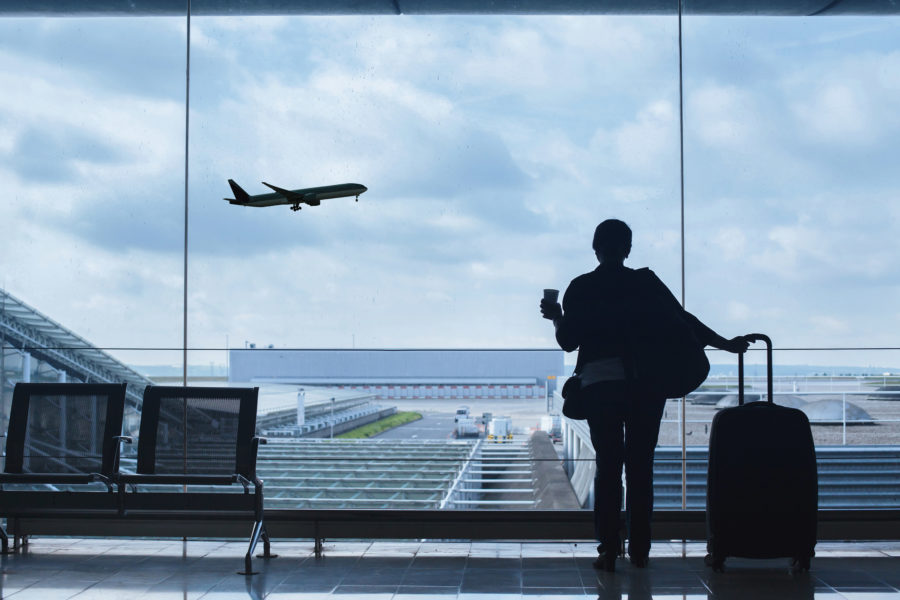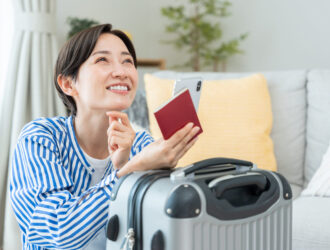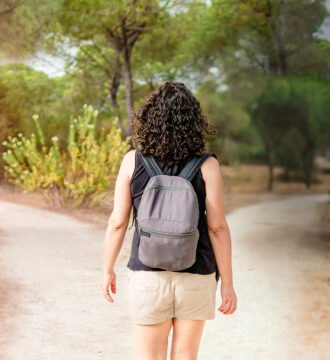When embarking on an international trip, the most prudent thing to do is to have a basic knowledge about the place you’ll be visiting—especially as a woman—and plan out certain details so that nothing gets in the way of you enjoying new sights and sounds of the local culture.
Whether you’re traveling alone or in a group, you’ve got to be prepared, and you’ve got to be safe.
Safety Comes First
Before departing the U.S., read any travel advisories for the countries you will be visiting, especially if they are high-risk areas. Also, write down contact details for the nearest U.S. embassy or consulate at your destination.
It’s also important to review any entry, exit and visa requirements. For example, U.S. travelers visiting Europe for 90 days or less do not need a visa, but starting in 2021, you will have to register online and pay a small fee before entering certain countries within the continent, regardless of trip duration.
Gender Limitations
Be aware of countries that may have certain cultural beliefs surrounding women.
For example, in many Muslim countries, dressing modestly is expected of all women and unfortunately, anything less can result in harassment. It is generally advised to cover your arms and legs with loose clothing in public. When entering mosques, women should always cover your hair with a headscarf.
In some countries with dominant patriarchal societies, such as parts of India or Egypt, going out alone at night as a woman, especially to bars or nightclubs, is frowned upon and might make you a target for unwanted sexual propositions or assault.
In places like Saudi Arabia, nightclubs and alcohol are forbidden, and many public places, such as restaurants, have designated spaces to segregate men and women.
Travel Healthy
Make sure you have all the necessary vaccinations by referencing the U.S. Centers for Disease Control and the World Health Organization websites. Generally, your primary care doctor can administer any necessary vaccines.
In most cases, avoid drinking the tap water at your destination—you body’s biome is not accustomed to the local bacteria, and you could end up getting seriously sick. And, if you’re ordering ice at a restaurant, that often comes from tap water, too.
Along the same lines, when eating the local cuisine, make sure it’s coming from a clean and popular establishment (not a food stand on the side of the road with only a few locals milling about). When in doubt, it’s safest to eat food that has been boiled or peeled to prevent any bacterial infections.
If your health-based preparations go awry and you get sick anyway, or you find yourself in an accidental or emergency situation, you’ll need to be covered with health insurance—or it could end up costing you money, as well as your life or limb. Find out whether your current health insurance coverage can be used abroad. If not, you can purchase a separate health and travel insurance plan, depending on your destination and duration of your trip.
Staying Plugged In
It’s important that you can communicate with people back home—yes, so that you can update your Instagram feed with humble travel brags, but also so there is at least another human being aware of your whereabouts and would be able to give that information to authorities, should you unexpectedly fall out of communication.
Thanks to technology, you’ve got a number of options. Check to see if your phone plan will allow you to use data and Wi-Fi abroad or if any roaming charges will incur. If you plan to use a local SIM card at your destination, make sure your device is unlocked, so you can switch out the cards.
If you are depending solely on Wi-Fi to communicate, FaceTime is a great option, as well as the WhatsApp app that allows you to text and call anyone from anywhere. However, depending on where you’re traveling, Wi-Fi access may be limited. This may be the case in rural or remote areas such as the middle of the Oaxaca rainforest, or in countries that censor internet use such as China, where sites like Facebook, Gmail and YouTube are blocked.
To charge your phone and other electronics abroad, try a solar-powered charger or make sure you have any necessary electric adapters. Other countries operate on different voltage than the U.S.
Bring These With You



 4 min read
4 min read


